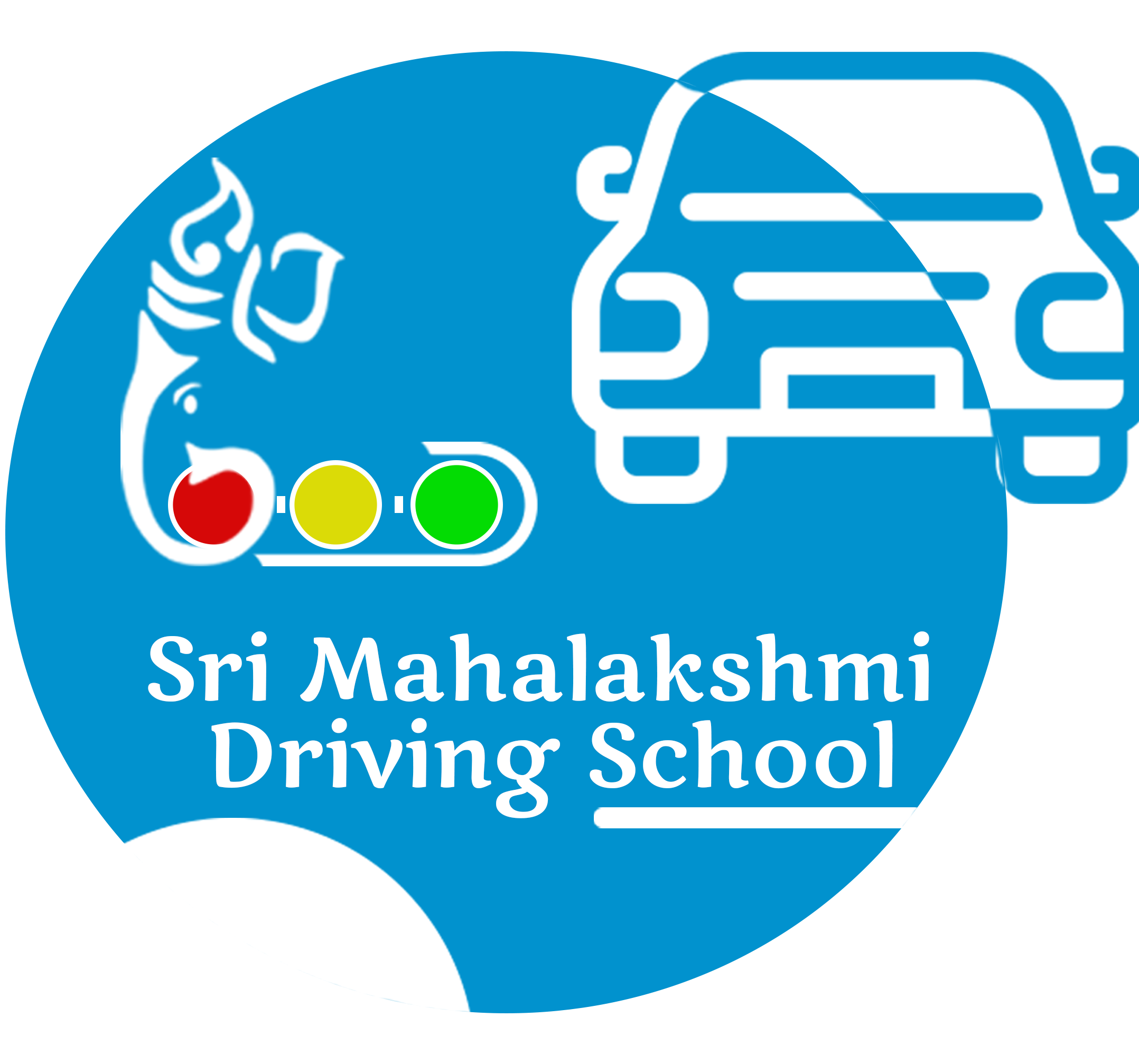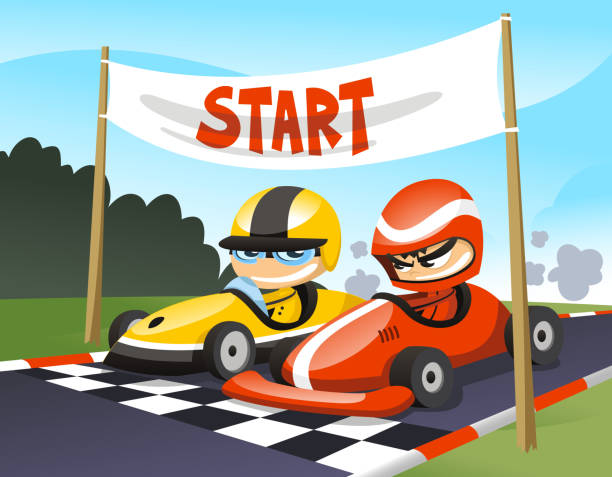Driving is a skill that combines knowledge, practice, and mindfulness. Whether you’re a new driver or have years of experience, adhering to best practices ensures your safety and that of others on the road. Here are some essential driving tips to help you navigate the roads safely and confidently.
1. Know Your Vehicle
Familiarize Yourself with Controls and Features
- Understand the functions of all the controls, including lights, wipers, and emergency indicators.
- Adjust your mirrors and seat position for optimal visibility and comfort.
2. Follow Traffic Rules
Obey Speed Limits and Traffic Signs
- Always adhere to posted speed limits and road signs.
- Be aware of local traffic laws and regulations.
3. Maintain a Safe Following Distance
The 3-Second Rule
- Keep a minimum three-second gap between your vehicle and the one in front. Increase this distance in adverse weather conditions.
4. Stay Focused and Alert
Avoid Distractions
- Do not use your phone while driving. If necessary, use hands-free options.
- Stay focused on the road and be aware of your surroundings.
5. Use Indicators
Signal Your Intentions
- Always use your indicators when changing lanes or making turns.
- Ensure your signals are given well in advance to alert other drivers.
6. Adjust to Weather Conditions
Drive According to the Weather
- Reduce your speed and increase your following distance in rain, fog, or snow.
- Use headlights in low visibility conditions.
7. Practice Defensive Driving
Be Prepared for the Unexpected
- Anticipate other drivers’ actions and be prepared to react safely.
- Avoid aggressive driving behaviors like tailgating or cutting off other drivers.
8. Regular Vehicle Maintenance
Keep Your Vehicle in Top Condition
- Regularly check your vehicle’s brakes, tires, lights, and fluid levels.
- Schedule routine maintenance to avoid breakdowns and ensure safety.
9. Stay Calm and Patient
Manage Road Rage
- Keep your cool in traffic and avoid engaging with aggressive drivers.
- Remember that arriving safely is more important than arriving quickly.
10. Plan Your Route
Know Where You’re Going
- Use GPS or maps to plan your route before you start driving.
- Be aware of any road closures or construction that might affect your journey.

